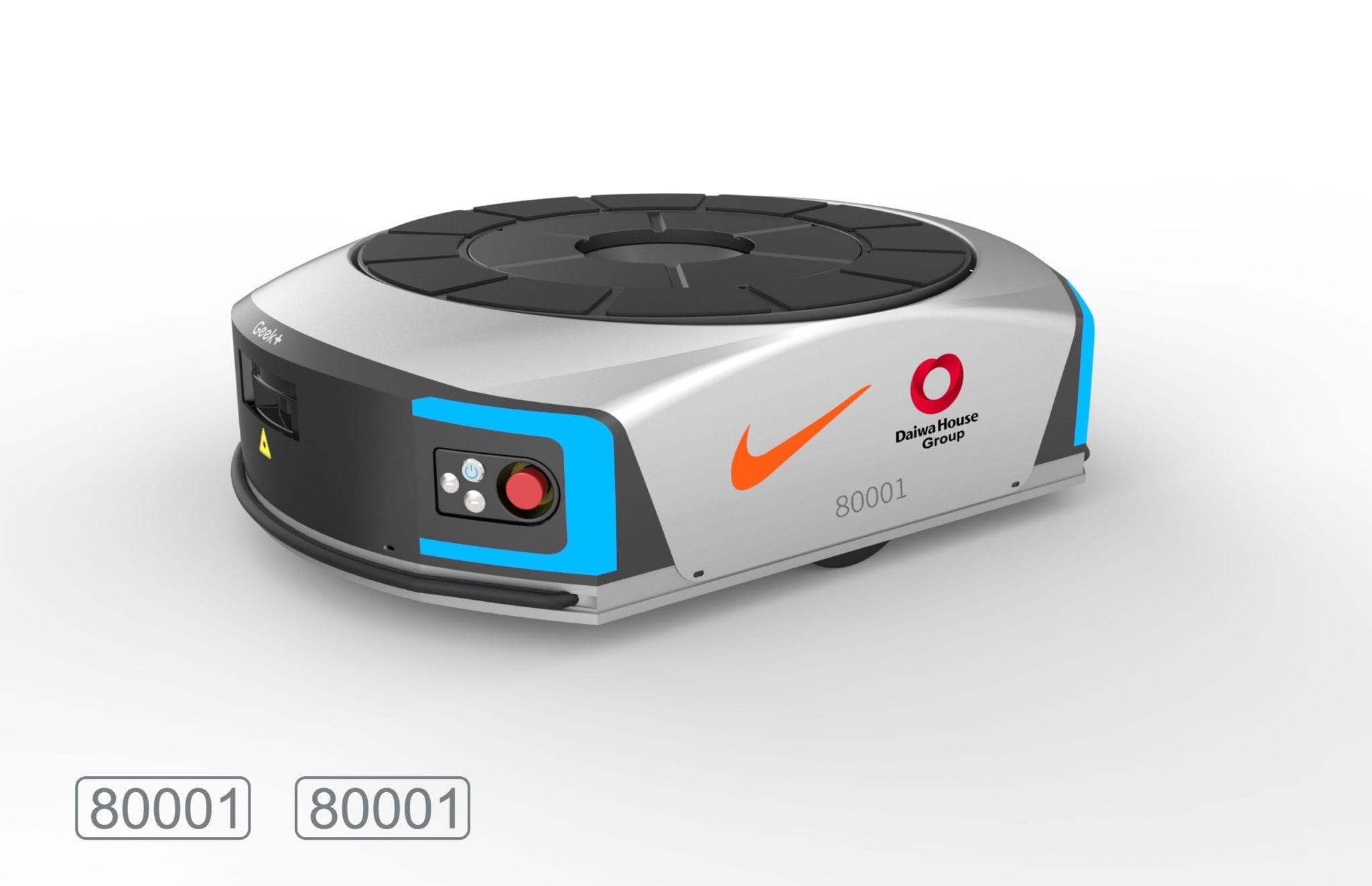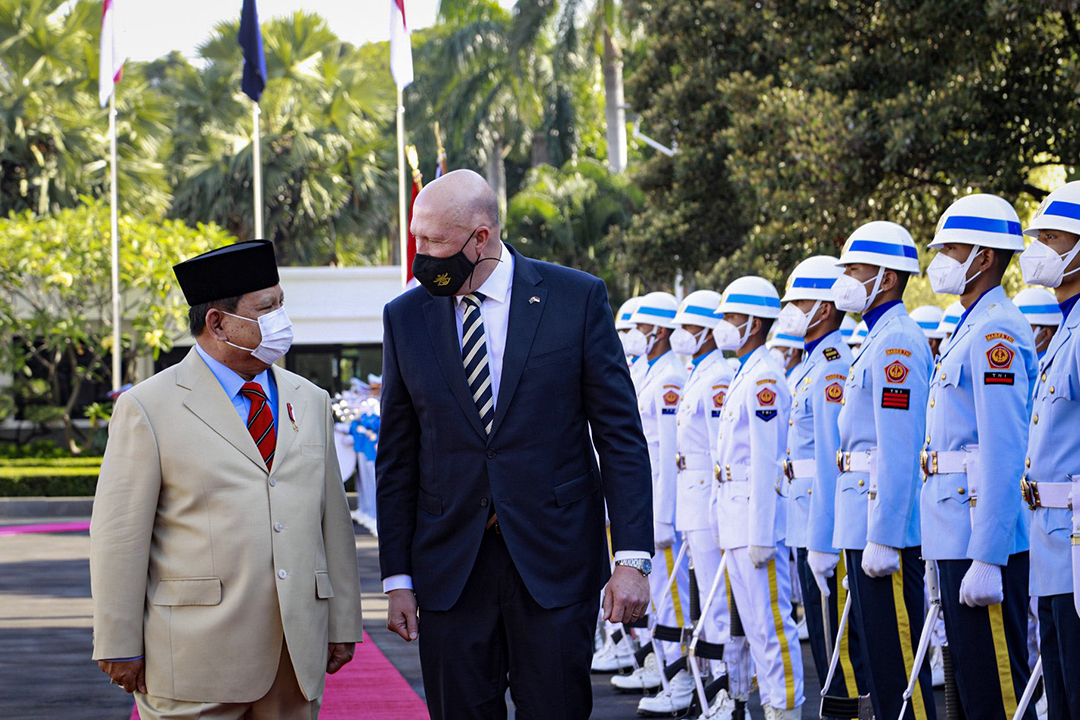Why Nike Shoe Production Remains A Challenge For Robots

Table of Contents
The Dexterity and Precision Hurdle
The creation of a Nike shoe demands a high degree of dexterity and precision, currently surpassing the capabilities of most robots. This hurdle manifests in two key areas: fine motor skills and sensor technology limitations.
Fine Motor Skills Required
Nike shoes boast complex designs, requiring intricate stitching, precise glue application, and careful component assembly. These tasks demand a level of dexterity that current robotic systems struggle to replicate.
- Complex stitching patterns on uppers: Many Nike shoe designs feature elaborate stitching patterns on the uppers, requiring nimble movements and consistent tension control, something difficult for robotic arms to achieve consistently.
- Precise placement of adhesives and components: The accurate placement of adhesives and various components, such as insoles and midsoles, is crucial for both shoe functionality and aesthetics. Imperfect placement can lead to structural weaknesses or an unsatisfactory final product.
- Handling delicate materials without damage: Nike uses a variety of materials, including leather, synthetics, and textiles, each with varying degrees of fragility. Robots must handle these materials gently to avoid tears, creases, or other damage.
- Adapting to variations in material thickness and texture: Material inconsistencies in thickness and texture are common, requiring robots to adapt their grip and manipulation techniques accordingly. Current robotic systems lack the adaptability to consistently handle these variations.
Sensor Technology Limitations
Current sensor technology falls short in accurately perceiving and reacting to subtle variations in materials and assembly stages. This significantly hampers the ability of robots to perform tasks reliably and consistently.
- Challenges in recognizing inconsistencies in materials: Robots struggle to identify and compensate for minor inconsistencies in material thickness, texture, or color, which can affect the assembly process.
- Difficulty in adapting to different shoe models and sizes: Nike produces a vast array of shoe models and sizes, each with unique design specifications and material requirements. Programming robots to adapt to these variations is extremely complex and time-consuming.
- Limitations in force feedback and tactile sensing: Robots need advanced force feedback and tactile sensing to accurately manipulate materials and detect potential issues during assembly. Existing sensor technologies are not yet sufficiently sophisticated for this purpose.
The Variability and Customization Challenge
The sheer variety of Nike shoe models and the growing demand for personalized footwear further complicate robotic automation.
Diverse Shoe Models and Sizes
Nike’s extensive product line, encompassing numerous styles, sizes, and materials, presents a significant challenge for robotic systems.
- Programming robots for each individual model is extremely time-consuming: Each shoe model requires specific programming instructions for the robot, making the process incredibly labor-intensive.
- Maintaining consistency across diverse materials and designs is difficult: Adapting robotic systems to handle the different properties of various materials and the complexities of diverse designs presents a significant hurdle.
- Adapting to seasonal changes in materials and designs: Nike’s product line evolves constantly, with seasonal changes in materials, colors, and designs. Robots must be reprogrammed frequently to accommodate these changes.
Growing Demand for Customization
The increasing consumer demand for personalized and customized shoes adds another layer of complexity.
- Robots need to handle bespoke orders efficiently: Meeting the demands of customized orders efficiently necessitates flexible and adaptable robotic systems, which are not yet widely available.
- Integration of 3D printing and other customization technologies is complex: Integrating advanced technologies like 3D printing with robotic assembly lines requires sophisticated software and hardware integration, currently beyond the capabilities of many systems.
- Balancing automation with personalized production presents logistical hurdles: The need to efficiently handle both mass production and customized orders creates logistical challenges for manufacturers attempting to implement robotic automation.
The Economic and Practical Challenges
Beyond the technological hurdles, significant economic and practical limitations hinder the widespread adoption of robots in Nike shoe production.
High Initial Investment Costs
Implementing advanced robotics requires substantial upfront investments in robotic arms, sophisticated sensors, and programming software.
- Cost-effectiveness compared to human labor needs careful evaluation: The high initial investment must be carefully weighed against the potential cost savings achieved through automation. In many cases, the return on investment may not be immediate or substantial.
- Return on investment (ROI) can be uncertain, especially for smaller production runs: The high cost of robotic systems makes them less economically viable for smaller production runs, where the cost savings may not justify the investment.
- Maintenance and repair of sophisticated robotic systems can be expensive: Maintaining and repairing advanced robotic systems is costly, requiring specialized technicians and parts.
Integration with Existing Infrastructure
Integrating robots into existing production lines disrupts operations and requires extensive modifications.
- Upgrading existing facilities to accommodate robotic systems: Existing factories may need significant upgrades to accommodate the space and power requirements of robotic systems.
- Retraining human workers to operate and maintain robotic systems: Retraining existing workers to operate and maintain robotic equipment is a crucial, and often costly, undertaking.
- Potential for production downtime during the integration phase: Integrating robots into existing lines inevitably leads to some degree of production downtime, affecting output and potentially profitability.
Conclusion
While fully automating Nike shoe production remains a distant goal, significant technological, economic, and practical challenges need to be addressed. The required dexterity and precision, combined with the diversity of shoe designs and the increasing demand for customization, make complete robotic automation a complex undertaking. Overcoming these obstacles demands further advancements in robotics, sensor technology, and artificial intelligence, alongside strategic investments and careful planning. Therefore, continued research and development in robotic solutions for Nike shoe production are crucial for achieving greater efficiency and meeting the industry's evolving needs. The future likely involves a synergistic approach combining human expertise with advanced robotics, striking the ideal balance between automation and customization. Let's continue to explore innovative solutions to overcome the challenges facing robotic automation in Nike shoe production.

Featured Posts
-
 Ukraine Under Fire Russia Launches Deadly Air Strikes As Us Seeks Peace
Apr 22, 2025
Ukraine Under Fire Russia Launches Deadly Air Strikes As Us Seeks Peace
Apr 22, 2025 -
 Top Chinese Indonesian Officials Strengthen Security Cooperation
Apr 22, 2025
Top Chinese Indonesian Officials Strengthen Security Cooperation
Apr 22, 2025 -
 Secret Service Closes Investigation Into White House Cocaine Discovery
Apr 22, 2025
Secret Service Closes Investigation Into White House Cocaine Discovery
Apr 22, 2025 -
 Federal Charges Filed Hacker Made Millions From Executive Office365 Inboxes
Apr 22, 2025
Federal Charges Filed Hacker Made Millions From Executive Office365 Inboxes
Apr 22, 2025 -
 Cassidy Hutchinson Jan 6 Hearing Testimony And Upcoming Memoir
Apr 22, 2025
Cassidy Hutchinson Jan 6 Hearing Testimony And Upcoming Memoir
Apr 22, 2025
